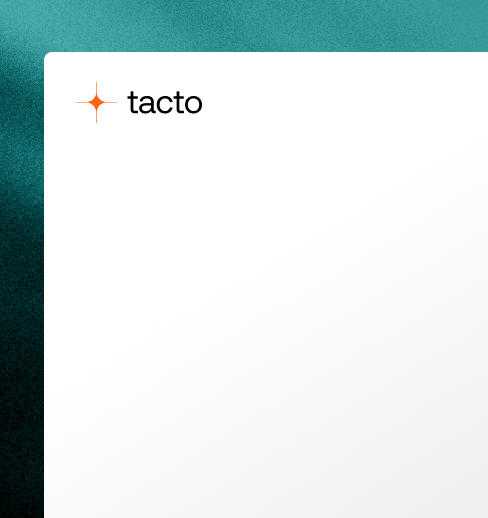Procurement Glossary
Catalog management: definition & important aspects for buyers
Professional catalog management creates the basis for efficient procurement processes and enables significant time and cost savings in the company. This structured overview shows you the most important aspects and success factors for an optimal catalog strategy in strategic Procurement .
Catalog management in a nutshell:
Catalog management comprises the systematic administration, maintenance and optimization of electronic product catalogs, including all relevant article, price and supplier information. For Procurement , this enables efficient procurement through standardized processes, transparent price comparisons and simplified ordering processes.
Example: A medium-sized company reduces its process costs by 30% and the average ordering time from 45 to 12 minutes per process by introducing an electronic catalog management system with 5,000 categorized articles from 50 suppliers.
Introduction to catalog management
Catalog management is an essential component of modern e-procurement and plays a central role in digitized procurement. It comprises the systematic management, maintenance and optimization of electronic product catalogs, which are essential for efficient purchasing processes in companies. Professional catalog management enables companies to standardize their procurement processes, reduce costs and increase transparency in Procurement . In this guide, you will learn the most important basics of catalog management, its strategic importance and practical implementation approaches for your company.
What is catalog management?
Catalog management refers to the administration, updating and organization of product and service catalogs within a company. It serves to simplify the procurement process by providing buyers with structured and centralized access to checked and approved items. Effective catalog management optimizes internal processes, reduces errors and ensures compliance with purchasing guidelines.
Core elements of catalog management
Significance for Procurement
In Procurement , catalog management makes a significant contribution to the efficiency and control of procurement processes. It gives purchasers quick access to standardized products and services, promotes compliance with contracts and price conditions and reduces procurement-related risks. It also supports compliance Procurement and minimizes unauthorized orders.
Catalog management: from manual processes to digital e-procurement
Catalog management is a central element for efficient procurement processes in companies. Based on its theoretical importance, it enables purchasers and requisitioners to quickly access up-to-date product data, which minimizes errors and ensures compliance with purchasing guidelines. In practice, however, traditional approaches no longer meet the increasing demands for flexibility and speed. A shift towards modern, digital solutions is therefore necessary in order to further increase transparency and efficiency and reduce costs.
Old: Manual catalog management
Traditional approach: In traditional practice, catalog management is often carried out using physical product catalogs or static digital documents such as PDF files. Updating these catalogs is time-consuming and usually occurs at long intervals, resulting in outdated product information and prices. Buyers have to manually search for products, compare prices and place orders by phone, fax or email. This process is not only inefficient, but also increases the risk of errors and leads to a lack of transparency in procurement activities. It also makes it more difficult to enforce compliance guidelines, as unauthorized orders are difficult to control.
New: Digital catalog management
E-procurement: The modern approach to catalog management uses digital platforms and e-procurement systems to manage product and service catalogs in real time. Suppliers provide their catalogs electronically, which are integrated directly into the company's purchasing system. Product information, prices and availability are updated automatically, ensuring that the latest data is always available. Now buyers can quickly search for products via user-friendly interfaces, compare prices and place orders with just a few clicks. This approach not only improves efficiency and reduces errors, but also enables better compliance with purchasing guidelines through defined approval workflows and the integration of contract terms and conditions directly into the ordering process.
Practical example: Implementation of e-catalogs in the healthcare sector
A leading hospital has revolutionized its procurement processes by introducing a digital catalog management system. Before the changeover, staff spent up to 40% of their time manually ordering medical consumables. After implementing the e-procurement system, orders could be completed within minutes. Procurement time was reduced by 60% and the error rate for orders dropped by 80%. In addition, the hospital achieved cost savings of 15% through better price negotiations and the bundling of orders. The increased transparency also enabled more precise budget control and improved compliance with internal guidelines.
Conclusion on catalog management
Effective catalog management is an indispensable tool for modern companies that not only optimizes processes and reduces costs, but also ensures compliance. Successful implementation requires a well thought-out strategy, standardized data formats and continuous maintenance. Looking to future developments, AI-supported solutions and mobile-first approaches in particular will further revolutionize catalog management and increase its strategic value for companies.







.png)
.png)
.png)
%20%E2%80%93%20Jakob%2C%20Ines.png)
%20%E2%80%93%20Jan%2C%20Jacob.png)
.png)
.png)
